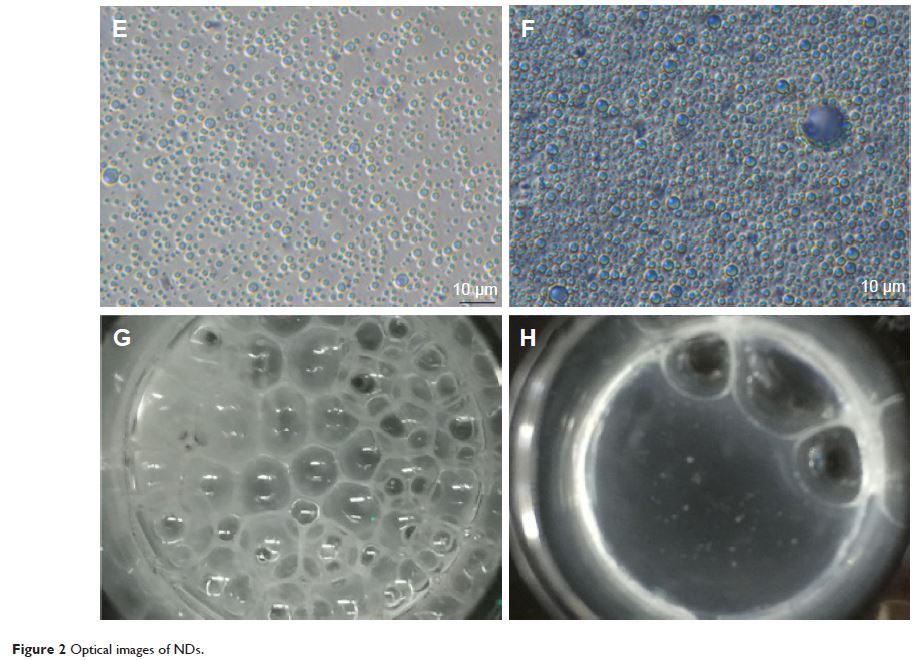9 0 5 7 8
论文已发表
注册即可获取德孚的最新动态
IF 收录期刊
- 2.6 Breast Cancer (Dove Med Press)
- 3.9 Clin Epidemiol
- 3.3 Cancer Manag Res
- 3.9 Infect Drug Resist
- 3.6 Clin Interv Aging
- 4.8 Drug Des Dev Ther
- 2.8 Int J Chronic Obstr
- 8.0 Int J Nanomed
- 2.3 Int J Women's Health
- 3.2 Neuropsych Dis Treat
- 4.0 OncoTargets Ther
- 2.2 Patient Prefer Adher
- 2.8 Ther Clin Risk Manag
- 2.7 J Pain Res
- 3.3 Diabet Metab Synd Ob
- 4.3 Psychol Res Behav Ma
- 3.4 Nat Sci Sleep
- 1.9 Pharmgenomics Pers Med
- 3.5 Risk Manag Healthc Policy
- 4.5 J Inflamm Res
- 2.3 Int J Gen Med
- 4.1 J Hepatocell Carcinoma
- 3.2 J Asthma Allergy
- 2.3 Clin Cosmet Investig Dermatol
- 3.3 J Multidiscip Healthc

可激发的相移声波纳米滴可提高万古霉素 (Vancomycin) 针对耐甲氧西林 (Methicillin) 金黄色葡萄球菌 (Staphylococcus aureus ) 生物膜的功效
Authors Guo H, Wang Z, Du Q, Li P, Wang Z, Wang A
Received 12 February 2017
Accepted for publication 23 May 2017
Published 30 June 2017 Volume 2017:12 Pages 4679—4690
DOI https://doi.org/10.2147/IJN.S134525
Checked for plagiarism Yes
Review by Single-blind
Peer reviewers approved by Dr Akshita Wason
Peer reviewer comments 3
Editor who approved publication: Dr Linlin Sun
Purpose: Bacterial biofilms on the surface of prostheses are becoming a rising
concern in managing prosthetic joint infections. The inherent resistant
features of biofilms render traditional antimicrobial therapy unproductive and
revision surgery outcomes uncertain. This situation has prompted the
exploration of novel antimicrobial strategies. The synergy of ultrasound
microbubbles and vancomycin has been proposed as an efficient alternative for
biofilm eradication. The purpose of this study was to evaluate the anti-biofilm
effect of stimulated phase-shift acoustic nanodroplets (NDs) combined with
vancomycin.
Materials and
methods: We fabricated lipid phase-shift NDs
with a core of liquid perfluoropentane. A new phase change mode for NDs
incorporating an initial unfocused low-intensity pulsed ultrasound for
5 minutes and a subsequent incubation at 37°C into a 24-hour duration was
developed. Methicillin-resistant Staphylococcus aureus (MRSA)
biofilms were incubated with vancomycin and NDs under the hybrid stimulation.
Biofilm morphology following treatment was determined using confocal laser
scanning microscopy and scanning electron microscopy. Resazurin assay was used
to quantify bactericidal efficacy against MRSA biofilm bacteria.
Results: NDs treated sequentially with ultrasound and heating at 37°C
achieved gradual and substantial ND vaporization and cavitation in a successive
process. NDs after stimulation were capable of generating stronger destruction
on biofilm structure which was best characterized by residual circular arc
margins and more dead bacteria. Furthermore, NDs combined with vancomycin
contributed to significantly decreasing the metabolic activity of bacteria in
MRSA biofilms (P <0.05).
Conclusion: Phase-shift acoustic NDs could exert a significant bactericidal effect
against MRSA biofilms through a new stimulation mode. Acoustic NDs present
advantages over microbubbles for biofilm damage. This anti-biofilm strategy
could be used either alone or as an enhancer of traditional antibiotics in the
control of prosthetic joint infections.
Keywords: nanodroplets, MRSA, biofilm matrix, ultrasound, phase change,
cavitation
